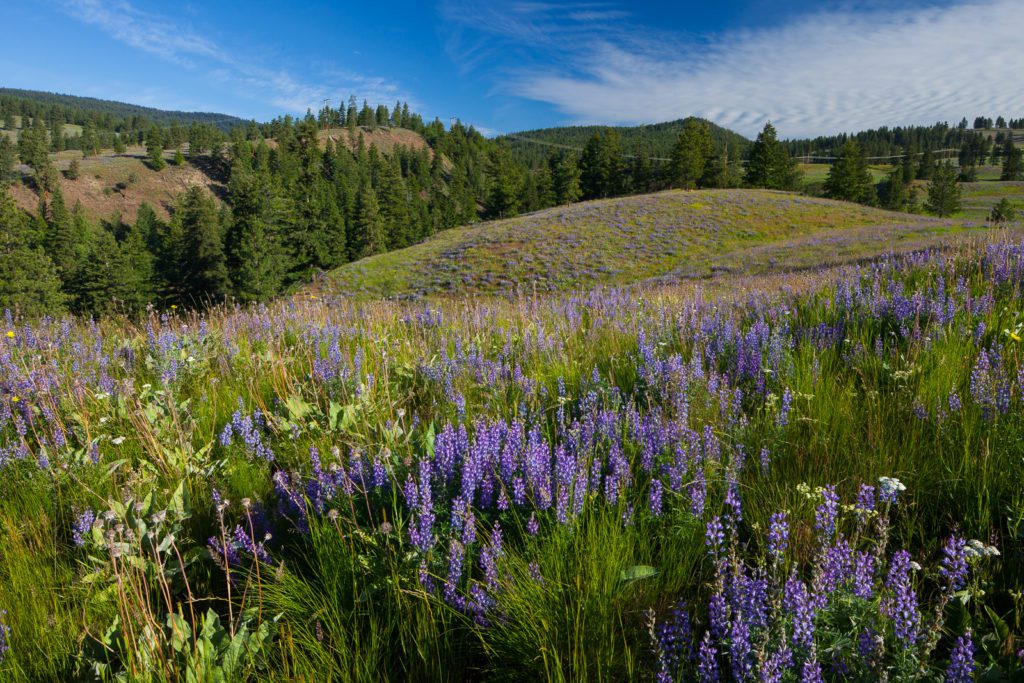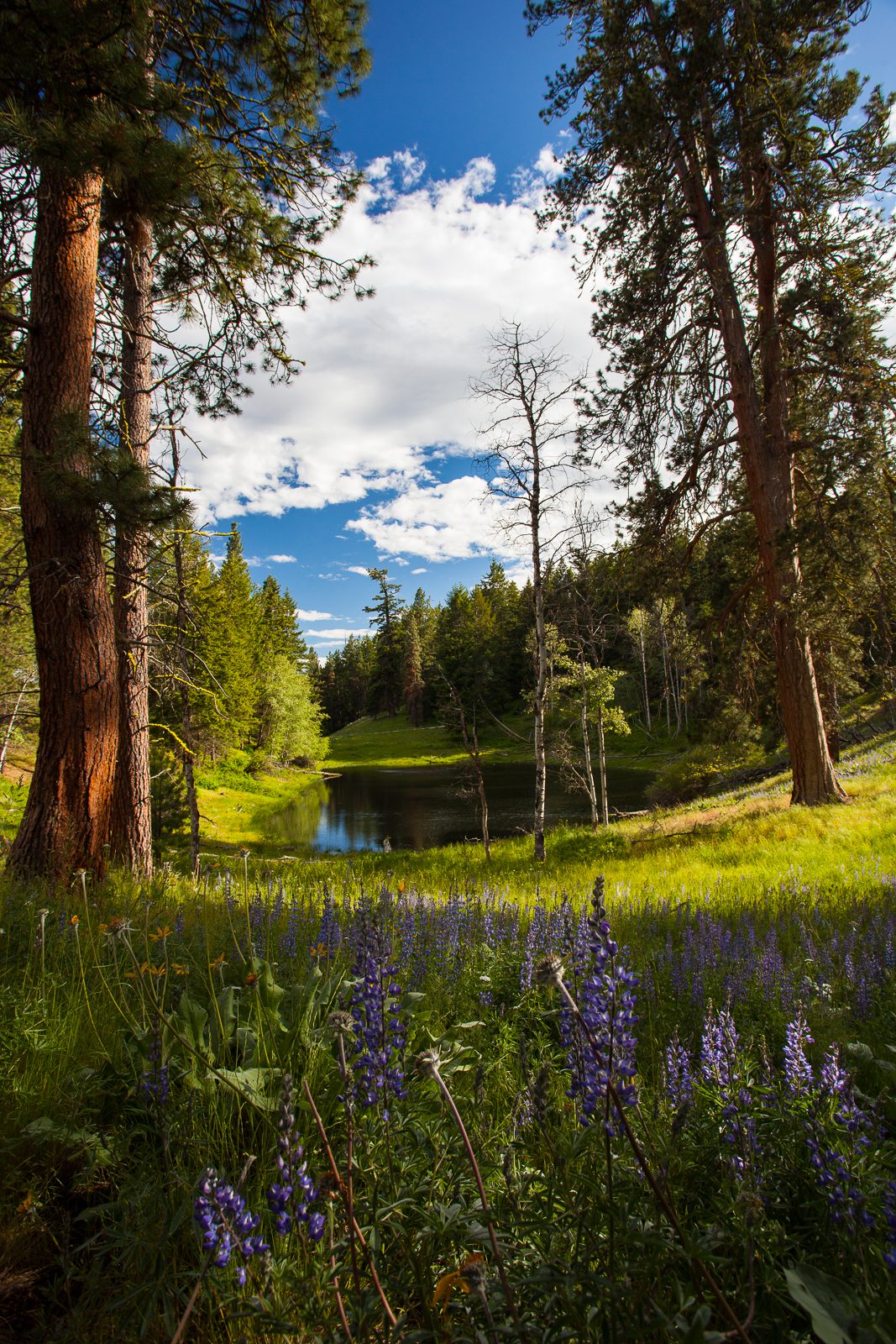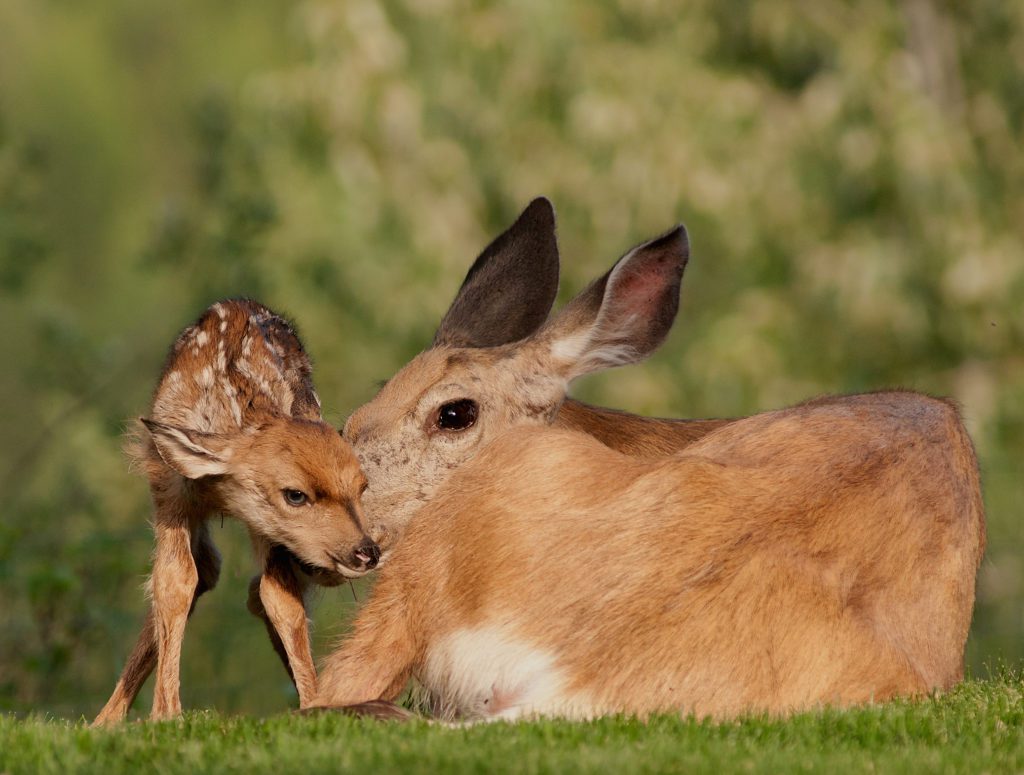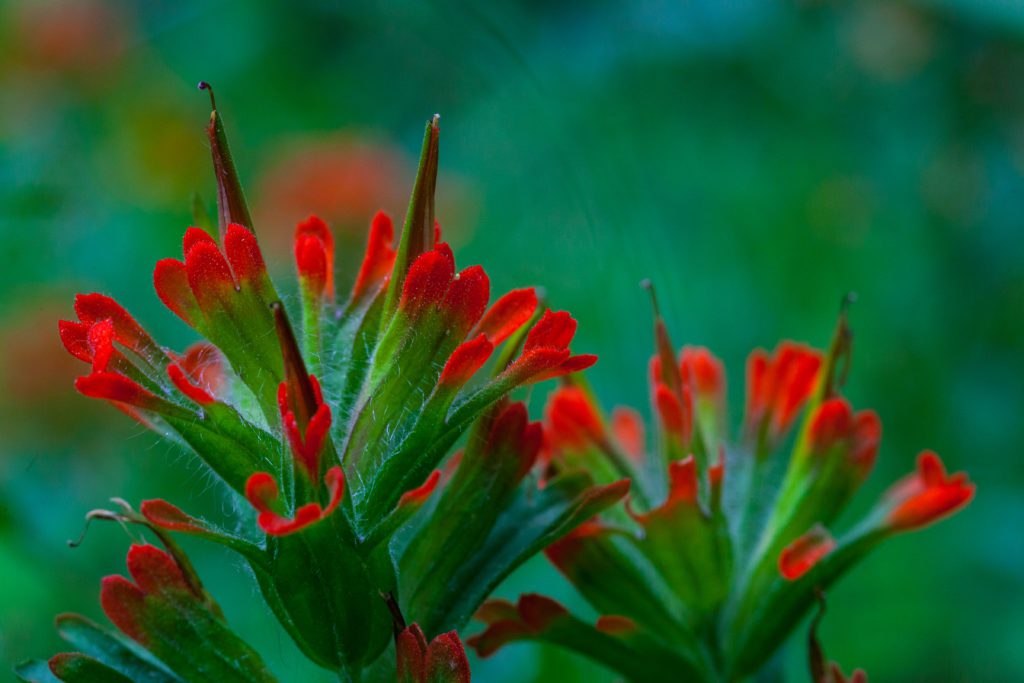2600 acres of rare native grasslands near Princeton have been conserved thanks to the efforts of The Nature Trust of BC.
DOWNLOAD PDF OF THIS NEWS RELEASE

Phase III
This 527-acre property is the third and final phase to protect 2600 acres of rare grasslands near Princeton in the Similkameen Valley from development. The first 1,100 acre acquisition was completed in 2019 and the second 966 acre acquisition was completed in 2020.
Phase III is immediately adjacent to the first phase of the Princeton Grasslands Property Complex. Asp Creek runs diagonally through the length of the property. The property includes forest, a riparian corridor and native grasslands. There is a wide pasture area that extends into Princeton Grasslands MapleCross Meadow Phase 1.
To effectively protect species, the best strategy is to secure land on a landscape level. Large areas with mixed habitats support more of the life needs of species that don’t travel very far. Larger areas also mean that the habitat will be more resilient to impacts from the surrounding area.



